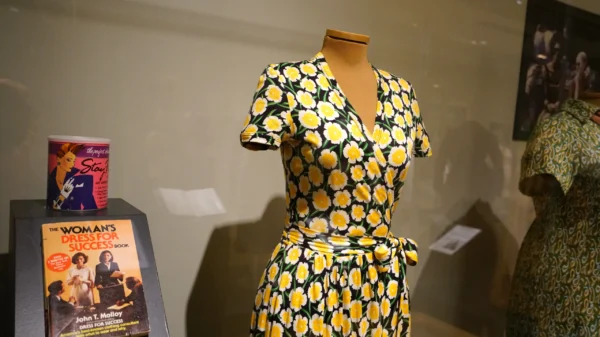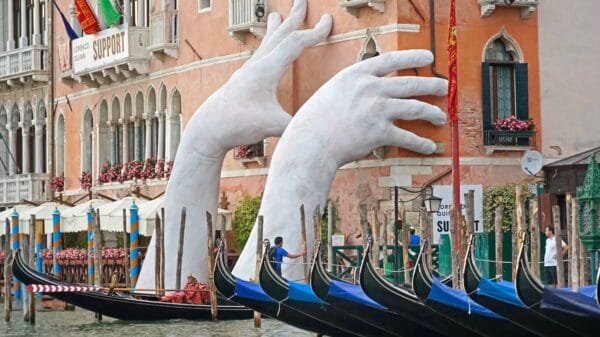In the midst of a nation trying to heal and unite after the Civil War, the 1876 Centennial Exhibition in Philadelphia played a significant role in promoting patriotic unity. It was an event that drew nearly ten million visitors and aimed to bolster a sense of national pride. Among the over 500 sculptors whose works were displayed, there was a lone Black artist: Edmonia Lewis.
Her sculpture, “Death of Cleopatra,” not only captivated the audience but also established Edmonia Lewis as one of America’s foremost sculptors. Her achievement in this pivotal moment not only marked a personal triumph but also laid a solid foundation for women of color seeking recognition in the art world—a profession largely dominated by skeptical, unsupportive, and inflexible white males.
Lewis’s remarkable journey began with a complex and challenging childhood. Born in 1844 in upstate New York to a free Black man named Lewis and a Chippewa woman, she was named Wildfire by her mother. Orphaned at a young age, she lived with her maternal aunts near Niagara Falls. Her education was made possible by her older brother Samuel’s fortune, earned during the California gold rush. Her brief time at Oberlin College in 1859 revealed the nascent signs of her artistic talents.
However, Lewis’s life took a dramatic turn in 1862 when her white roommates accused her of poisoning their wine with Spanish fly, a toxin that was used as an aphrodisiac at the time. While she was acquitted of the charges, she faced a brutal beating by a mob of white vigilantes. Her troubles continued, as she was later accused of stealing art supplies and expelled.
Frederick Douglass encouraged Lewis to settle in Boston, where she found support among well-known abolitionists and sculptor Edward Augustus Brackett, who became her mentor. She honed her skills by creating clay cameo portraits and busts of prominent figures. In 1865, she set out for Europe, visiting London, Paris, and Florence before settling in Rome, where she joined a group of American sculptors.
One of her most famous works, “The Death of Cleopatra,” carved in white marble, depicts the Egyptian queen in the moments following her suicide. The sculpture was a bold departure from traditional representations, causing a stir among critics. While some were revolted by its realism, the public was enthralled, making it one of the most admired pieces in the Memorial Hall collection.
After the centennial exhibition, Lewis continued her life in Europe. However, as the neo-Classical style waned in popularity, her work fell into obscurity. It wasn’t until 2011 that her biographer, Marilyn Richardson, confirmed her death in London in 1907 through census and medical records.
For nearly a century, “The Death of Cleopatra” remained lost, with a history that included time as decor in a Chicago saloon and a marker for a racehorse’s grave. Fortunately, in the late 1970s, the sculpture was found in a Chicago storage yard. Restoration efforts, including the removal of graffiti and replacing missing parts, were overseen by the Historical Society of Forest Park. The sculpture found its rightful place at the Smithsonian American Art Museum in 1994.
Though Edmonia Lewis never received the recognition she deserved during her lifetime, her legacy is experiencing a renaissance. Ongoing research and a commemorative stamp by the U.S. Postal Service in January 2022 are bringing her story back into the spotlight. Edmonia Lewis, whose talent and resilience continue to inspire, is finally receiving the nationwide recognition she richly deserves.



































